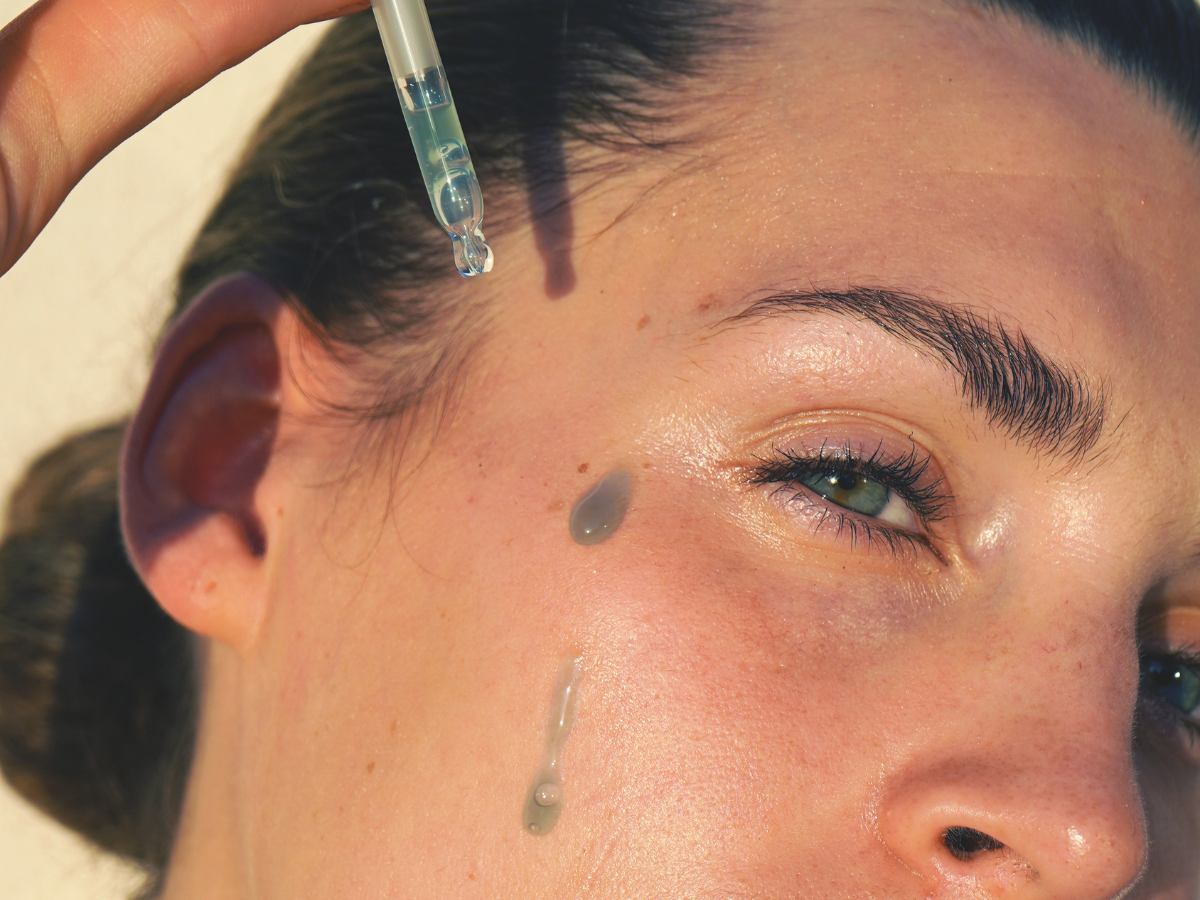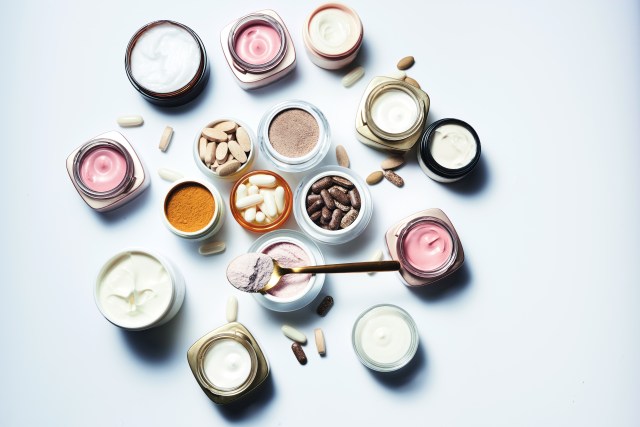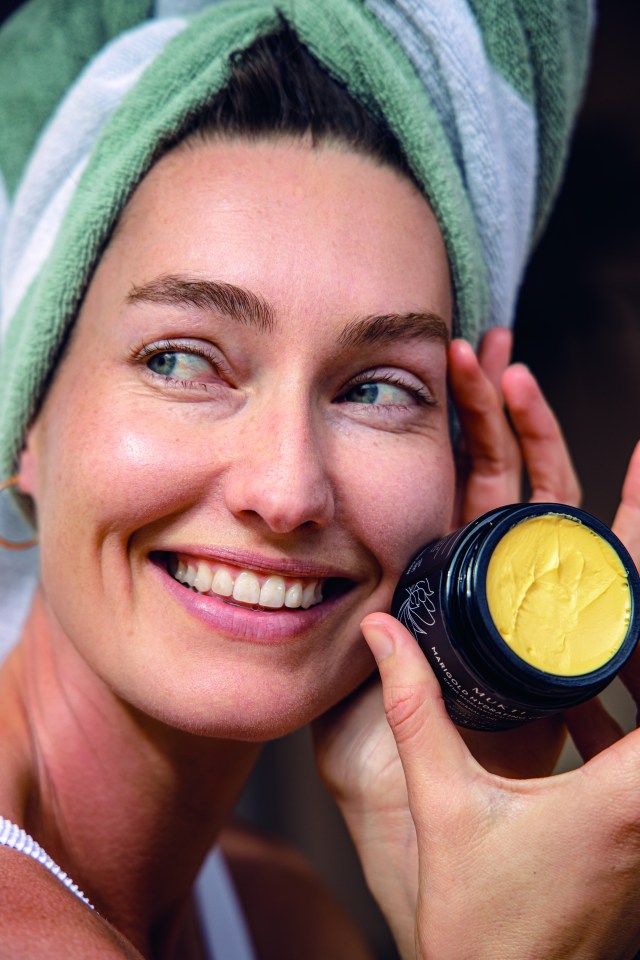An Easy Hack for Understanding Skincare Labels

In the ever-evolving world of skincare, where buzzwords and ingredients come and go at a rapid pace, deciphering product labels is essential for aesthetic professionals. Ahead, Mukti, a cosmetic formulator, skin therapist, author and the founder of Mukti Organics, shares a simple yet effective hack to help better understand skincare labels.
To gain a clearer understanding of a product’s composition, Mukti suggests dividing the label into thirds. The beauty founder says this method will allow you to understand what the product is mostly made of, as well as give you an indication of the percentages of active, natural, or organic content in a product.

How to understand a skincare label
- Top Third: This section lists the ingredients that constitute 80-95% of the product. It includes water (aqua), oils, actives, emulsifiers, and surfactants. The ingredients in the top third of the list are typically written in order ranging from highest percentage to lowest.
- Middle Third: This section accounts for about 4-12% of the entire product and generally includes key actives. Products with significant levels of active ingredients should generally feature these ingredients closer to the middle of the list.
- Final Third: This section makes up around 1-4% of the product and consists of preservatives, fragrances, stabilizers, and label claims. Ingredients present at a concentration of less than 1% can be listed in any order.
“Ingredients are typically listed in descending order by volume,” she notes. “Water (or ‘aqua’) is frequently listed at the top, followed by silicone fillers such as cyclopentasiloxane or dimethicone. These products are commonly found in discount pharmacies and supermarkets,” she explains.


While some companies may highlight trendy ingredients on the front of their packaging to attract consumers, Mukti warns that these ingredients are often included in minuscule quantities compared to the overall formulation. Instead, she recommends looking for products that contain well-documented actives like vitamin C, retinol, and niacinamide, which have proven benefits for the skin.

Mukti says one piece of advice that everyone should heed is to keep it simple. “You don’t need a long list of ingredients to achieve good skin health,” she asserts. “Often, less is more. A product with fewer, high-quality ingredients can be far more effective and safer than one with a lengthy, complicated list. Just like I always say about food – if it doesn’t have a label, it’s good for you (aka fruits and vegetables that aren’t processed). A similar thing can be said for personal care products – less ingredients on a label is a good thing!”
Images: Supplied
